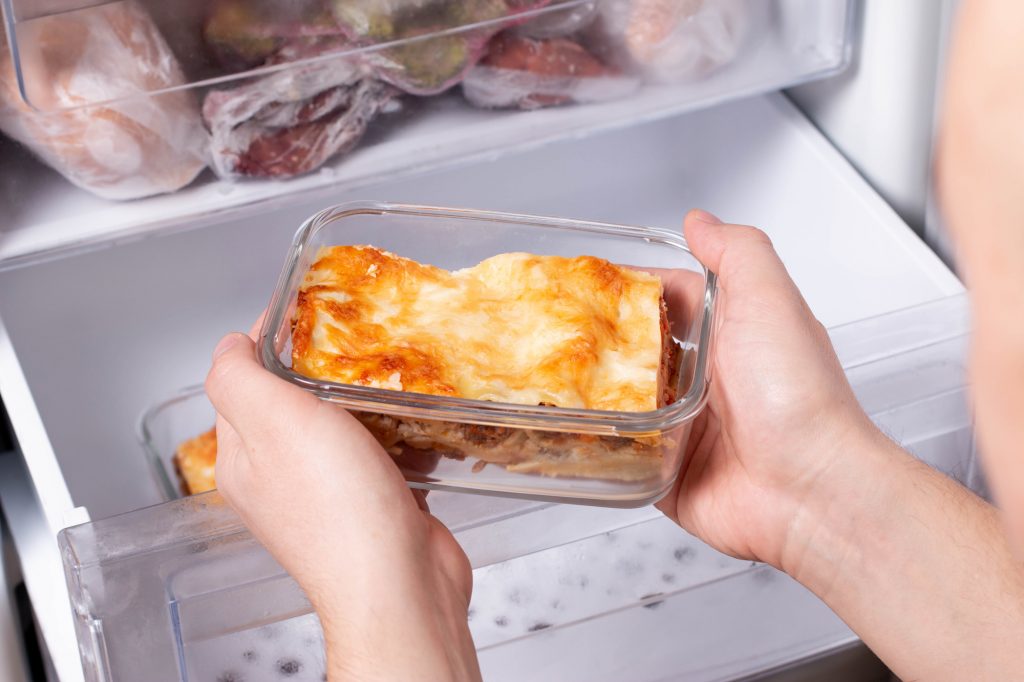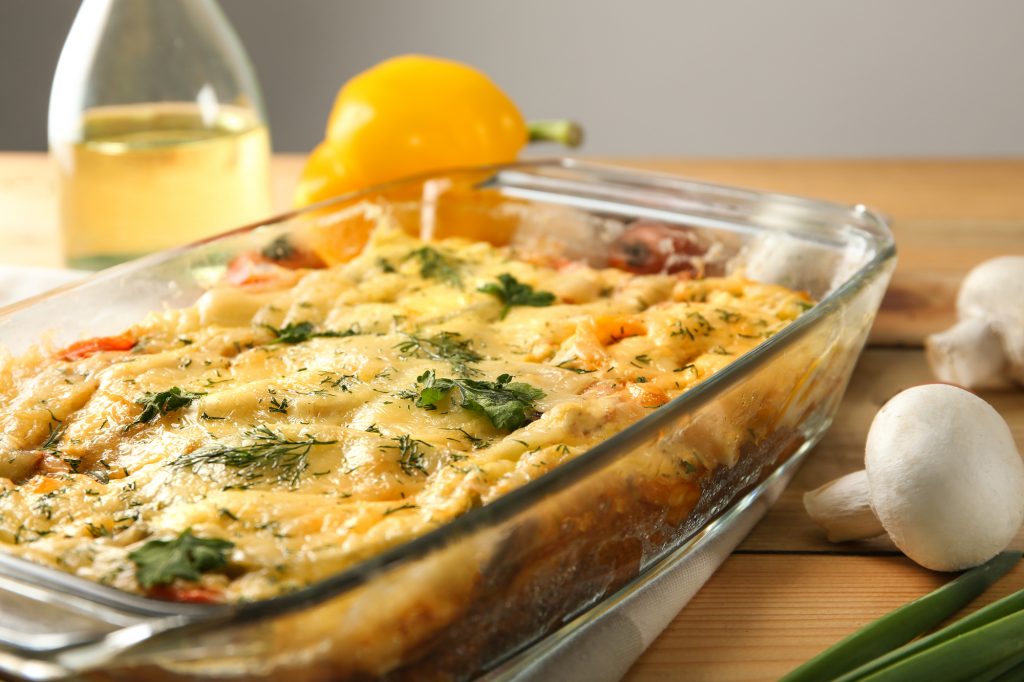
Our typical freezer cooking instructions generally include some form of plastic freezer bag, plastic wrap, or foil pan. But we often have readers ask if they can use glass containers they already have. To help you out with our Better Than the Freezer Aisle series, we wanted to help answer some of your questions, such as reasons for using glass over plastic, what containers to choose, and what precautions you need to take.
Why Choose Glass?
1. Save Money – Glass containers may be an investment up front, but you will continue using them for years to come. Freezer bags tend to be a one and done deal (although they can be washed and re-used, they won’t last forever and will need to be replaced). So while plastic/foil may be an affordable option short term, the cost adds up over time.
2. Save Resources – Again, glass is reusable! If your family makes an effort to live green and reduce waste, then you probably don’t want to be throwing away 30 or more freezer bags per month.
3. Save your Health – Plastic is generally considered to be safe, but there is some debate about how safe it actually is. For example, you are probably aware of the ban on the use of BPA (an ingredient used in plastics that mimics hormonal properties) in baby bottles. Some sources caution consumers not to store certain foods or heat food in plastic containers due to the potential for chemicals and additives to leach out. As always, do your research and make your own call, but if you feel that plastic is not the best choice for your family, then keep reading to see how you can implement changes in your storage routine.

What Kind of Containers are Best?
The container you use will vary based on the food you plan to store. This information comes from a post in our archives which details the best containers to use for different foods.
1. Glass Baking Dishes – If you are freezing a dish that will be baked on serving day, your best option is to freeze the food right in the baking dish. You can build up a stash of glass bakeware on the cheap at yard sales and thrift stores (also a green option as it keeps perfectly good merchandise out of landfills). If you don’t have the space for a large stash, you can line your bakeware with foil or plastic wrap, freeze your meal, and then remove it from the pan. On serving day, defrost your “brick” in the baking pan in which it will be baked.
Best used for meals that will be baked or cooked in the same container, such as a casserole.
2. Glass Storage Containers – I received a glass set similar to this as a gift. I trashed all my cheap plastic (which I’d been wanting to replace anyway) and have never looked back. These are easier to work with than baking dishes in that they come in a variety of sizes, you can write/erase with marker on the lid, and they’re easy to stack.
Best used for soups, marinated meat, meals that will be cooked or reheated in a different container (i.e. slow cooker or stovetop), or use smaller containers for individual lunch portions.
3. Mason Jars – These old fashioned gems are a work horse in the kitchen (not to mention quite trendy for photo styling and home decorating!) They are inexpensive to buy in bulk. But they can also be found for even less at yard sales and thrift stores. They can be used just like the storage containers mentioned above, but are probably best for storing liquids (soups, homemade broths, etc.) and individual lunch portions. They too come in a variety of sizes.
4. Fresh Menu Kitchen Reusable Bags – These containers are not glass, but they are a fantastic reusable freezer cooking option. The bags are made out of food safe PEVA plastic and can be easily cleaned with soap and hot water and reused. They are transparent so you can easily identify the contents, but you can also customize them with labels or markers. These are great for most types of foods, including liquids like soups, chilis, and marinades, and the different size options allow for storage of our individual breakfast or lunch recipes and dry items like breads, muffins, sandwiches, or ingredients like cooked rice, pasta, or flash frozen vegetables.
A Few Words of Caution
- Be sure to leave an inch or so of head space in your containers and jars. Remember that liquids and foods expand when they freeze and you don’t want to lose your container and your meal because they shattered in your freezer.
- Thaw and/or reheat very slowly! Glass is much more sensitive to temperature changes than plastic and can crack or shatter if exposed to extreme temperature changes. Do not try to bake a glass dish that has been frozen without letting it come to room temperature first. Your best bet is to defrost slowly overnight in the refrigerator.
- Finally, you may have noticed that glass is not as malleable as plastic freezer bags, and therefore will not stack and store as neatly or in as small a space as freezer bags do. Using glass containers works best if you have a large, extra freezer in which to store your freezer meals. But no matter what your freezer size, be sure to plan ahead and make sure you have adequate space for your containers before cooking.
